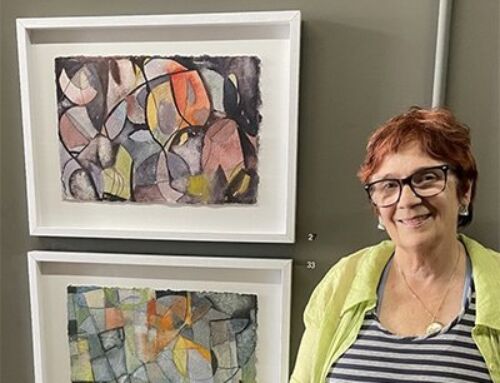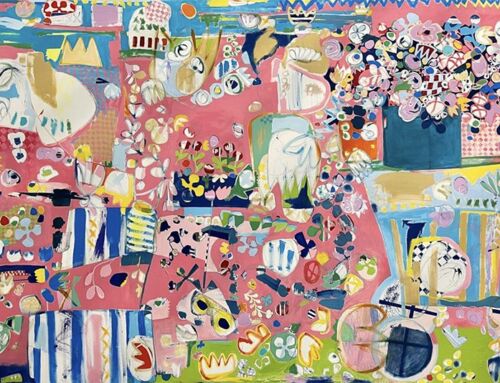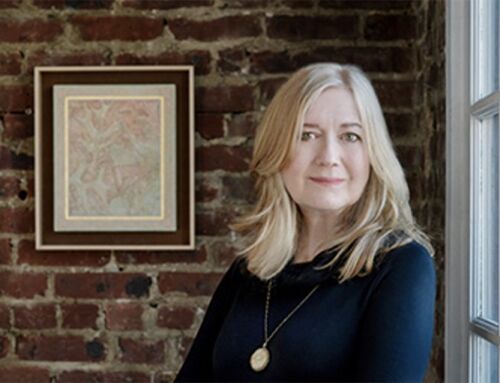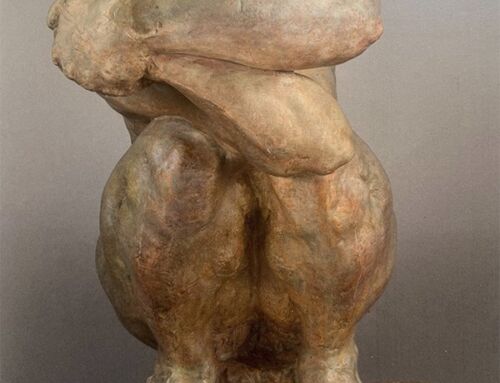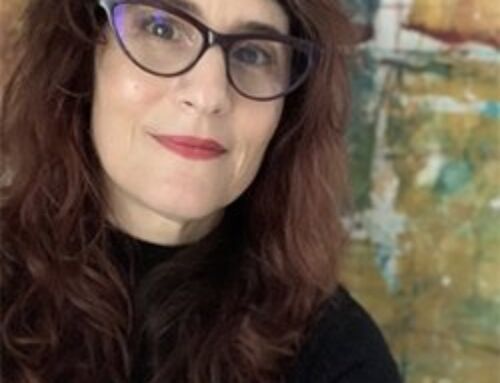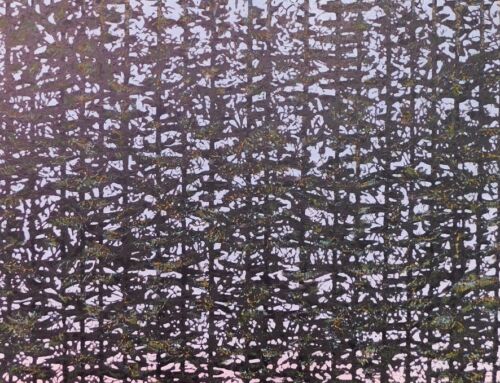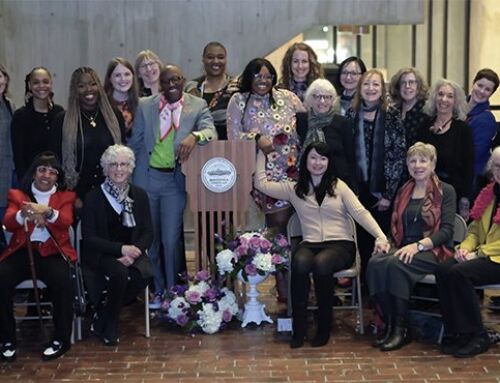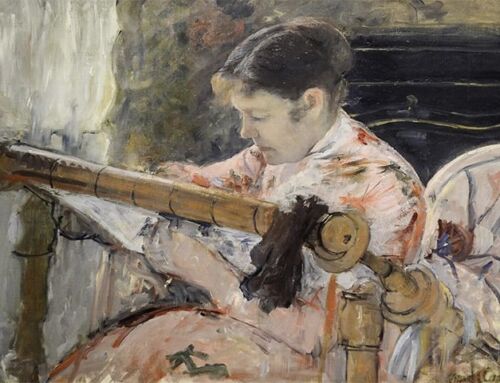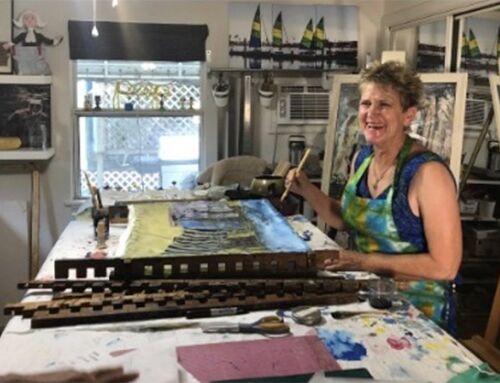CELEBRATING 175 YEARS OF PRESSING FORWARD
Convention Days in Seneca Falls, New York
by Jen Haefeli
In July 1848, abolitionists, suffragists, those who assisted enslaved people via the Underground Railroad, Freemen, and education advocates, convened in Seneca Falls, New York, for what is now referred to as The Women’s Rights Convention. In July 2024, Women’s Rights National Park celebrated Convention Days to mark the 175th anniversary of the signing of the Declaration of Sentiments and the three-day Convention at Seneca Falls. The Convention occurred at Women’s Rights National Historical Park and featured leaders Cady Stanton, Frederick Douglass, abolitionist Martha Coffin Wright, Thomas M’Clintock and Mary Ann M’Clintock (Co-founder of Philadelphia Female Anti-Slavery Society). More than 300 men and women assembled at the Wesleyan Chapel in Seneca Falls to discuss and debate, and 100 of them ultimately signed the Declaration of Sentiments at the end of the session.

Wesleyan Church, Seneca Falls, New York
The Declaration of Sentiments was a proclamation to chastise men for how women were treated, stating that “all men and women are created equal.” It was read aloud in the Wesleyan Chapel. The Declaration contained 16 demands intended to improve the lives of women. The declaration included principally the rights to education, property ownership, and the right to vote in public elections.

Bronze Sculptures, by Artist Lloyd Lillie, Women’s Rights National Park Museum, Seneca Falls, New York
Another 72 years would elapse before ratification of the 19th Amendment granted women the right to vote. In 1919, white women were given the right to vote in 36 states at the local and national levels. First Nations women were not allowed to vote until 1957, and Asian, Black, and Latina American women’s rights to vote were withheld until the passage of the Voting Rights Act of 1965, which prohibited racial discrimination in voting.
Visitors to the Sherwood Equal Rights Historic District will find a peaceful space akin to the National Mall in Washington, D.C. There is a wall and fountain with the names of each signer of The Declaration of Sentiments near a modern museum for visitors. The site is managed by the National Park Service. The museum contains a plethora of photos and physical elements charting the progression of women’s rights throughout time. A short film can be seen in the theater. Gallery space on the second floor offers group and special exhibitions curated by National Park Service curators.
“The First Wave,” a set of sculptures dedicated to the leaders of the Convention, created by Lloyd Lillie, resides on the ground floor near the bookstore. Bronze casts with incredible period-appropriate detail, created in life to nearly life-size, allow visitors to walk among the leaders and stand with them for photo opportunities.
The Historic District offers the Storm Center for Reformers, which houses the Howland Stone Store Museum. This museum is the original home of educator, abolitionist, philanthropist, and suffragist pioneer Emily Howland and houses possibly the nation’s largest collection of suffragist posters.

Author at the Women’s Hall of Fame, Seneca Falls, New York
Situated directly across the water from the museum, The Women’s Hall of Fame houses a collection of items symbolizing the fight and process women have faced to secure our rights. Located in a historic mill, the Hall of Fame engages with visitors to celebrate the accomplishments of women who change our world. They do this by telling the stories of their honorees and with educational outreach. Upon entering the building, visitors see the Official Torch of the 1977 National Women’s Conference, carried through 14 states across 2,600 miles from Seneca Falls to Houston, Texas, symbolizing the “Torch of Freedom” by hundreds of women. The Hall of Fame has more than 300 inductees, and visitors can become members, nominate someone they feel is deserving, and subscribe to e-blasts for up-to-date information from The Hall. The Women’s Hall of Fame offers exhibition space for solo and group exhibitions via curatorial staff.
A recent exhibition at The Women’s Hall of Fame was “Co-Crafting Democracy: Fiber Arts and Activism”. The exhibition was curated by Better Bayer, Tamar Carroll, Juilee Decker, Hinda Mandell, and Samaya Nasr in conjunction with representative colleagues from The Women’s Hall of Fame. It was installed by RIT students from the College of Liberal Arts and Museum Studies Programs, Dr. James Hall and RIT’s School of Individualized Study, Brandon Brooks and Peter Wisbey of Genesee Country Village & Museum, and Jill Johnson and Izzy Moyer. The collection of works represents 30 artists, exploring and probing the vulnerabilities of citizenship status and challenging the creators to consider positive social change. The collection toured for two years and was seen in several locations. It opened opportunities for dialogue. The exhibition concluded at The Women’s Hall of Fame on August 31, 2024.
Artists Debra Calhoun, Carole Loeffler, Kimberly Rouleau, and Sarah Marsom exhibited their work as part of the Co-Crafting Democracy Exhibition, Women’s Hall of Fame, Seneca Falls, New York

Debra Calhoun

Kimberly Rouleau

Carole Loeffler

Sarah Marsom
“Co-Crafting Democracy, REDUX: Fiber Arts and Activism,” curated by Juilee Decker & Hinda Mandell, will be on display at RIT, November 13 to December 13, 2024, with an opening reception on December 14, 2024, from 5 to 7 pm. This exhibition has been developed in support of RIT’s Division of Diversity and Inclusion, along with students from the museum studies program who are involved in the installation and creation of the exhibition. For more information, please contact Dr. Juilee Decker, at jdgsh@rit.edu.
For more information on the locations and events taking place at Women’s Rights National Park, please see the following: https://www.nps.gov/wori/index.htm
To keep up with the events at the National Women’s Hall of Fame and learn more here: https://www.womenofthehall.org/
“RUNNER” A PLACE AT THE TABLE
A Table Runner Sewing Cultures Together
by Jen Haefeli
 Women’s Rights, as defined by Amnesty International, include the right to live free from violence and discrimination; to enjoy the highest attainable standard of physical and mental health; to be educated; to own property; to vote; and to earn an equal wage. (Source: amnesty.org)
Women’s Rights, as defined by Amnesty International, include the right to live free from violence and discrimination; to enjoy the highest attainable standard of physical and mental health; to be educated; to own property; to vote; and to earn an equal wage. (Source: amnesty.org)
Co-Crafting Democracy: REDUX, a Fiber Arts and Activism exhibition, debuted in Rochester, New York in 2019. Intended to deepen the awareness of social issues many in the U.S. face, such as citizenship status, the 30 participating artists’ work was exhibited appropriately in the birthplace of the Women’s Rights movement. The exhibit traveled to four additional locations in the Northeast U.S. The exhibit has returned to The Women’s Hall of Fame, Seneca Falls, New York, in the form of “REDUX” with the goal of co-crafting democracy. It will move next to the Rochester Institute of Technology (RIT), where the next iteration of the exhibition will be on display post-election.
Co-Crafting Democracy, REDUX is the curatorial innovation of Juilee Decker and Hinda Andell. The exhibition has been developed in collaboration with students at RIT’s museum studies program, who will be involved with the creation of pieces as well as the installation of works, and also with support from RIT’s Division of Diversity and Inclusion.
This revival is an expansion challenging participants to examine how they intend to continue to co-craft democracy regardless of the outcome of the 2024 Presidential election. The call for works and deadline are pre-election, and the exhibition will take place post-election. While still a fiber-based media exhibition, this iteration will be uniquely challenging. All pieces will be 20” x 24” with artist’s statements each limited to 47 words, all honoring the symbolism of the election.

Scraps for Runner
NAWA Signature Member Jen Haefeli’s work will be included in Co-Crafting Democracy, REDUX at the RIT iteration, opening on Wednesday, November 13, 2024. Jen describes the piece she is creating as inspired by Shirley Chisholm’s “Folding Chair” meets Anthony Bourdain’s “Meals Make Society” meets “Build longer tables, not higher fences”, or walls, she quips. Her table runner is crafted utilizing up-cycled materials she gathered from friends, family, and acquaintances, and she intends for it to represent the veritable diverse tapestry in our country. Her goal is to remind the viewer of the importance of gathering over a table, to wit: gathering for meals, sharing experiences, talking through the day, and learning that we are more alike than we are different. There should always be a place at the table for everyone. “Runner” presents the idea that we can always make room for more.

Runner in Production
For more information, please contact Dr. Decker, jdgsh@rit.edu.
Photos: Runner, by InterArtist Jen Haefeli



